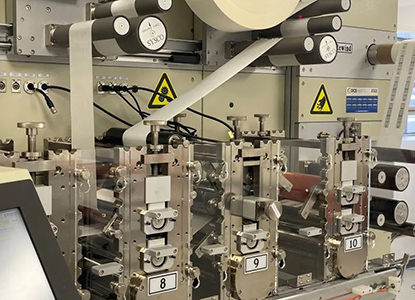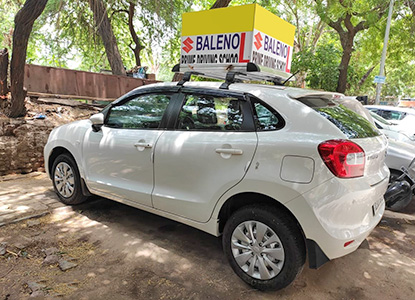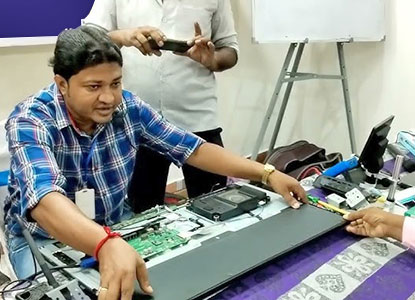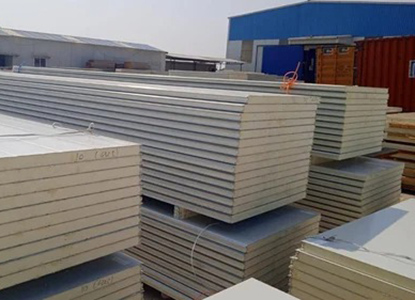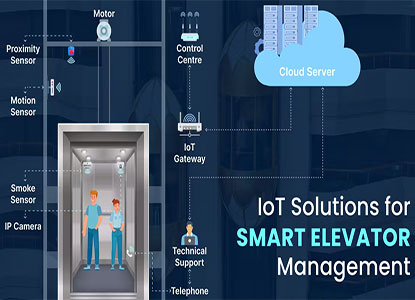
Smart Elevators and IoT Integration in India
Smart elevators in India represent a significant technological leap in vertical transportation, driven by the increasing adoption of Artificial Intelligence (AI), Machine Learning (ML), and the Internet of Things (IoT). These interconnected systems aim to improve user experience, enhance safety, boost energy efficiency, and streamline operational management functions within the rapidly evolving urban landscape of India. The core of smart elevators lies in their ability to gather and analyze data in real-time, enabling features such as predictive maintenance, remote control and monitoring, optimized traffic management, and even personalized user experiences.
One key application of IoT in smart elevators is predictive maintenance, which leverages sensor data to anticipate and address potential failures before they occur, reducing downtime and maintenance costs. Sensors collect data on factors such as vibrations, temperature, noise levels, and energy consumption, and this data is analyzed using AI and ML algorithms to identify patterns and predict maintenance needs, according to Construction Technology Today. Additionally, these systems can optimize traffic flow by analyzing passenger patterns and dynamically dispatching elevators to reduce wait times and improve efficiency, especially in high-rise buildings and during peak hours. India burgeoning construction sector and the government ambitious Smart Cities Mission are creating a fertile ground for the adoption of these advanced technologies, with the market for smart elevators poised for significant growth in the coming years.
The integration of IoT and smart elevators is bringing about significant advancements in various aspects of building management and user experience in India. These innovative systems offer features such as enhanced security measures, including biometric access control and multi-level security systems that can be integrated with building management systems. Smart elevators can also offer touchless control interfaces, a particularly relevant feature in a post-pandemic world, allowing users to call elevators and select floors using gestures, voice commands, or mobile applications. Furthermore, IoT-enabled elevators can enhance energy efficiency by automatically activating standby modes, controlling cabin lighting and ventilation systems, and optimizing routes based on real-time data. This focus on energy conservation aligns with India increasing emphasis on sustainable and green building initiatives, with many new projects incorporating eco-friendly vertical transportation systems. As India continues its rapid urbanization and infrastructure development, the synergy between smart elevators and IoT will play an increasingly pivotal role in creating more efficient, sustainable, and user-friendly urban environments.



